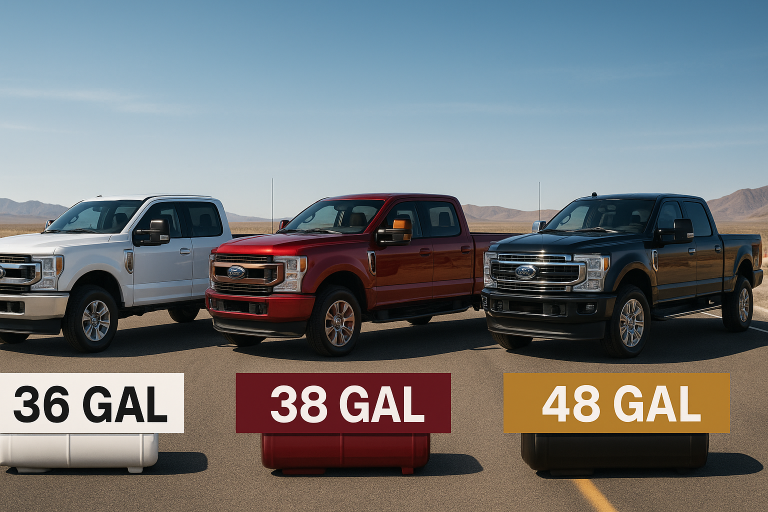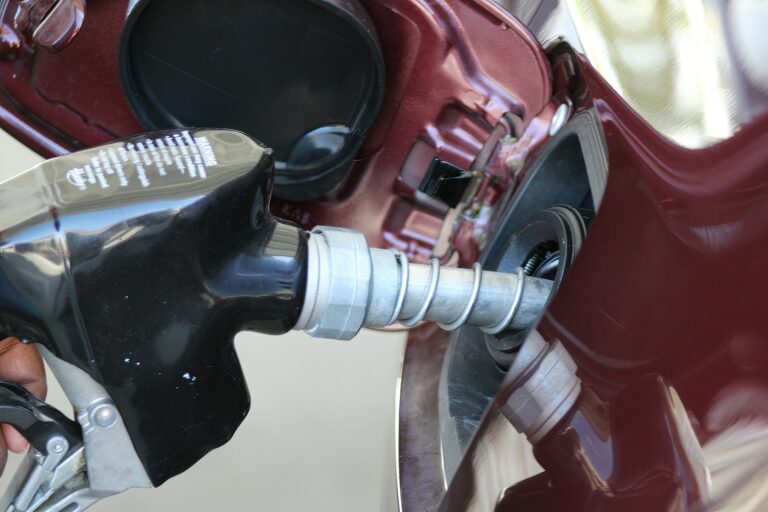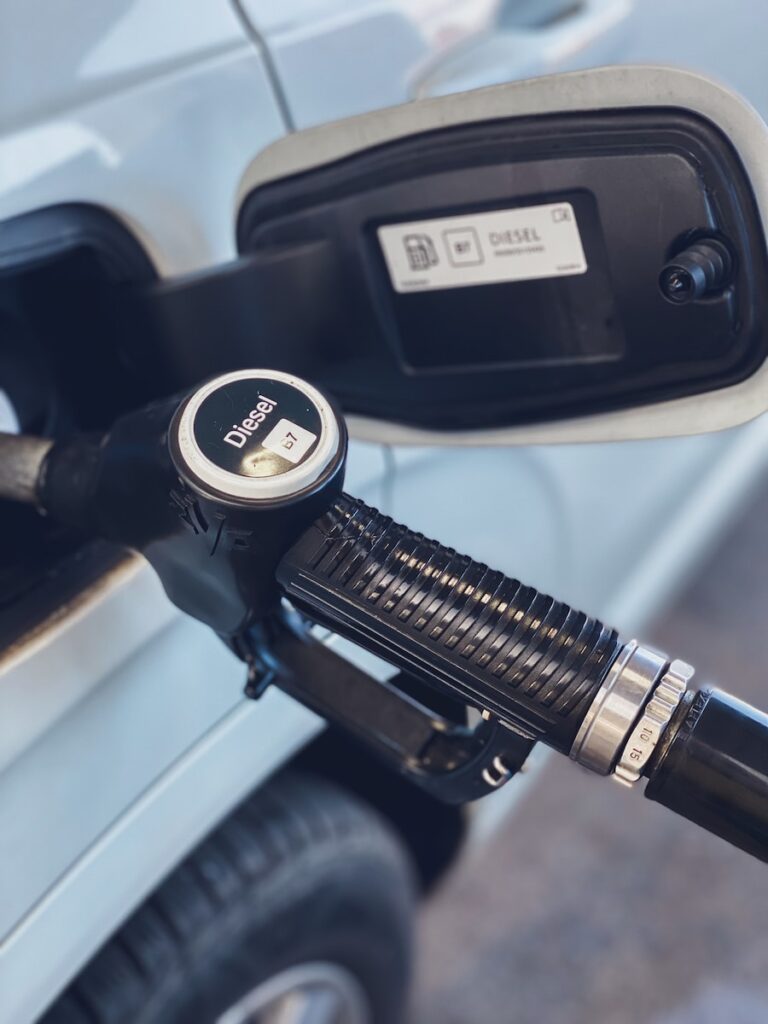Should I Paint My New Fuel Tank
It is generally a good idea to paint a new fuel tank to protect it from rust and corrosion. Fuel tanks are exposed to a variety of harsh conditions, including heat, moisture, and chemical exposure, so it is important to protect them from these elements to ensure their long-term durability and performance.
There are a few different options for painting a fuel tank. You can use standard metal paint, which is available in a variety of colors and is designed to adhere to metal surfaces. Alternatively, you can use a specialized fuel tank paint, which is formulated to withstand the harsh conditions that fuel tanks are subjected to and to resist the effects of fuel and other chemicals.
Before painting your fuel tank, be sure to thoroughly clean and dry it, and remove any rust or other contaminants. You should also follow the manufacturer’s instructions for the paint you are using, as different paints may have different application requirements.
Paint for Fuel Tanks
There are a few different types of paint that can be used on a fuel tank, but the best option will depend on your specific needs and preferences.
One option is a standard metal paint, which is available in a variety of colors and is designed to adhere to metal surfaces. These paints are generally inexpensive and easy to find, but they may not be as resistant to the harsh conditions that fuel tanks are subjected to, such as heat, moisture, and chemical exposure.
Alternatively, you can use a specialized fuel tank paint, which is formulated specifically for use on fuel tanks. These paints are designed to withstand the harsh conditions that fuel tanks are subjected to and to resist the effects of fuel and other chemicals. They may be more expensive than standard metal paints, but they can provide better protection for your fuel tank in the long run.
Before selecting a paint for your fuel tank, be sure to consider the specific requirements of the paint, such as drying time, application methods, and any special precautions that may be necessary. You should also consider the color and finish that you want for your fuel tank, as different paints may have different appearances and performance characteristics.
How To Paint a Fuel Tank
Here are the steps you can follow to paint a car gas tank:
- Remove the gas tank from the car and place it on a workbench or other flat surface. If the gas tank is heavily rusted or damaged, it may need to be repaired or replaced before it can be painted.
- Clean the gas tank thoroughly. Use a degreaser or other cleaning solution to remove any dirt, grease, or other contaminants from the surface of the tank. You can also use a wire brush or sandpaper to remove any rust or rough spots.
- Dry the gas tank completely. Use a clean, dry cloth or a shop towel to remove any moisture from the surface of the tank.
- Sand the surface of the gas tank. Use a medium grit sandpaper to rough up the surface of the tank, which will help the paint to adhere better. Be sure to sand evenly and to remove any rust or other imperfections.
- Clean the gas tank again to remove any dust or debris. Use a clean, dry cloth or shop towel to wipe down the tank.
- Apply a coat of primer to the gas tank. Use a metal primer specifically designed for use on fuel tanks. Follow the manufacturer’s instructions for application and drying times.
- Sand the primed gas tank lightly with a fine-grit sandpaper to smooth out any imperfections.
- Apply a coat of paint to the gas tank. Use a metal paint specifically designed for use on fuel tanks. Follow the manufacturer’s instructions for application and drying times.
- Allow the paint to dry completely before installing the gas tank back into the car.
- If necessary, apply a clear coat to the gas tank to protect the paint and give it a shiny finish. Follow the manufacturer’s instructions for application and drying times.
Note: It is important to follow all safety precautions when working with fuels and chemicals. Wear protective gear, such as gloves and a respirator, and work in a well-ventilated area.




